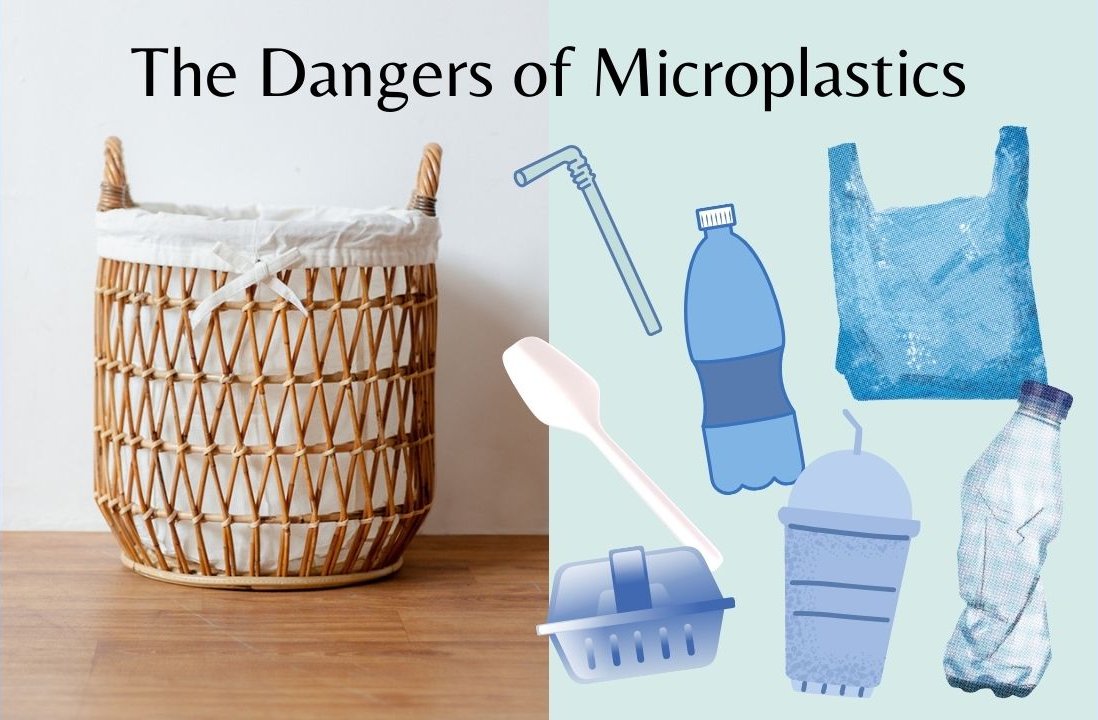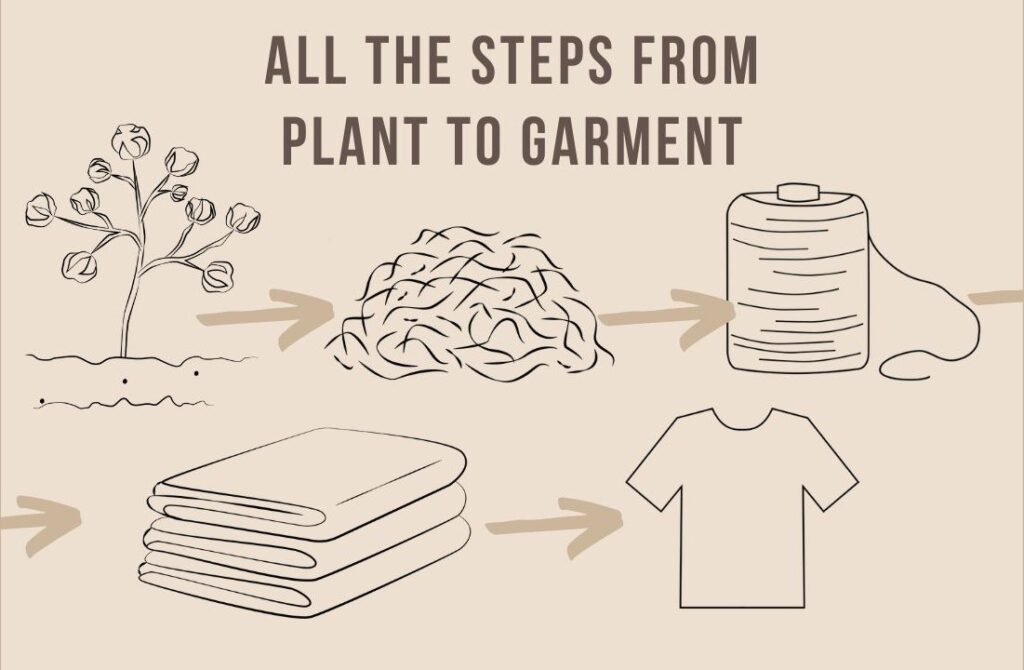Plastic started out as a versatile and useful material that currently dominates many manufacturing industries, but it is now also starting to dominate the environment. Plastic products release microplastics when thrown away but also while being used. Microplastics are difficult for the human eye to see, so the potential negative effects are less visible and more difficult to measure compared to big plastics, but the amount of evidence is growing day by day to prove that microplastic pollution will have a terrible impact on marine ecosystems and human health. This 3-part series of posts will highlight this invisible threat that is entering our drinking water, how fashion is involved and what you can do to lower your own impact. In this second part, we’re going to look at the dangers and consequences of microplastic pollution.
In the first part, I explained what microplastics are, how they end up in the ocean, how big the pollution already is, and what role the fashion industry plays in this. If you haven’t read it yet and would like to first read an introduction to microplastics, you can click here: Your Laundry Is Polluting Your Drinking Water: An Introduction To Microplastics
So now you already know what microplastics are and how big the contribution of fashion is, but why is this a problem? Why should we be worried about these tiny particles that you can barely even see with your eyes? Plastic is a relatively new material so microplastic pollution is a relatively new problem. This means a lot of research still needs to be done and is currently being done to learn what exactly microplastics will do to our planet, animals and our health. Let’s look at the research that has so far been done.
Microplastics in our environment
High levels of microplastic have already been discovered in lakes and rivers in Europe, North-America and Asia. One study demonstrated that there was more plastic present in the Danube river in Austria than drifting larval fish. Two other studies found that most plastic found in surface water originates from textiles and cosmetic products.
In early 2018, Greenpeace carried out a scientific research in the Antarctic where they took samples for microplastics and chemicals. The samples show that even the most remote areas of the Antarctic are contaminated with microplastic and hazardous chemicals. Seven of the eight seawater samples that were tested contained microplastics, with at least one microplastic fibre per litre. The microplastic fibres that were identified included: polyester, polypropylene, nylon, PTFE and a form of acetate.
The main issue with plastic is that it doesn’t break down. It can degrade slowly to smaller and smaller pieces, but it doesn’t disappear, so the amount of waste and microplastics can only grow. A plastic bag that entered the ocean 30 years ago, is still there. It probably doesn’t look the same, but it’s still there.
Another concern is that microplastics absorb toxic substances while they travel through the environment. This makes them even more harmful. They can carry chemical additives and contaminants, so the marine species are exposed to hazardous chemicals. If it doesn’t already carry chemicals from the product it came from, it will pick up other toxic substances from surrounding water. The harmful compounds can be ingested by animals and also expose humans to them when consuming seafood.
Microplastics have already spread out over the oceans and rivers. As explained in part 1, some microplastics float and some sink to the bottom of the ocean, so no part of the earth is immune to this plastic pollution. Soon (if not already) microplastics will be everywhere, from the most remote area at the South Pole to the deep sea in the Mariana Trench.
The effects on animals
The ocean is the final destination for most microplastics. The ocean is also the home of millions of animal species who are unaware of this foreign material surrounding them. In many studies, microplastics have been found in the stomachs and tissues of different marine species, including fish, shellfish, seabirds, whales, dolphins, plankton and filter-feeding sharks. Although a lot of research still needs to be done to know the full extent of the harm it causes animals and ecosystems, there is already evidence that the ingestion of microplastics can have physiological and behavioural consequences, like inflammation of the gut and tissues, decline in growth rates and energy balance, and changes in activity and feeding behaviour.
When animals and organisms in the ocean mistake the microplastics for food, their stomach gets filled with foreign objects, leaving no or less room for the nutrition they need, which could eventually lead to starvation. Fibre-shaped microplastics (so the ones that come from textiles) appear to be more harmful than regular shaped pieces, because they can get tangled in the digestive tract, which will lead to blockages. One study found that plastic consumption may cause brain damage and behavioral disorders in fish.
The effects on human health
A big concern that directly affects us is the risk on our health as microplastics are entering our food and water supplies. First of all, microplastics could easily enter our food supply through the consumption of fish and seafood that ingested microfibers, but an even easier way is through drinking water. In a study by OrbMedia, 159 water samples were analyzed from tap water and bottled water in 14 countries. The result was that over 80% of all samples contained plastic particles, with an average of 4,34 plastic particles per liter. Some main bottled water companies like Evian, Dasani, and Aquafina were included. You can avoid eating fish if you want, but you can’t avoid drinking water.
It is also believed microplastics can simply enter our bodies through the air we breathe. The smallest microplastics that are light enough, can be carried in the air. So you could be breathing in the textile microfibres from the laundry and other household dust.
The first people that are affected by microplastics from clothes are the workers in the factories where the clothes are made. Microplastics are already released during the production which could pose a health and safety risk for textile factory workers, and they’re not even the ones that get to wear the clothes.
In March 2022, a research team in the Netherlands was the first to find microplastics in human blood. The blood of 22 donors was used and plastic was found in three-quarters of the tested blood.
I don’t want to freak you out too much, but studies have shown that once the plastic particles are small enough, they could go through the intestinal wall and travel to the lymph nodes and other organs. More research needs to be done to learn what impact this could have on our health, but I think we can all use our common sense to conclude it’s probably best to keep a man-made and unnatural material that carries toxic chemicals out of our bodies. Microplastics can also host bacteria, exposing us to new infection risks, and some have already been linked with human gastrointestinal infections. There are also studies that demonstrate microplastics could be a cause of male infertility.
I’ve also recently been seeing articles and videos circulating the internet about meat and dairy products containing microplastics because the farm animals are purposely being fed plastic. On this blog, I focus on writing about the fashion and textile industry because I have knowledge on that subject, but please do your own research on microplastics in animal products and try to be mindful of where you buy your food because humans have really lost their mind in the meat and dairy industry.
Part 3: The Solutions
I said earlier we don’t yet know the full effect of microplastic pollution, but do we really want to wait for more research before making a change? Do we really want to sit back and wait for something bad to happen before changing our behaviour?
I know that it might seem this problem was mostly caused by big companies who produce plastic products and they are the ones who have to fix it. However, there are things you can do as a consumer. You are more powerful than you think. Companies will follow consumer demand. The time is now to start demanding less plastic products before it’s too late. In part 3, we will talk about how we can reduce microplastic pollution and easy things you can start implementing in your daily life. Click here to read it:
How To Reduce Microplastic Pollution From Our Clothes
If you already want to learn how you can be more eco-friendly in the way you dress, you can read this post where I list 5 ways to dress more sustainably!
Were you already aware of the risks and dangers of microplastics or is this your first time reading about it?
Sources
Boucher, J., & Friot, D. (2017). Primary Microplastics in the Oceans: a Global Evaluation of Sources. Gland: The International Union for Conservation of Nature (IUCN).
Textile Exchange. (2019). Preferred Fiber & Materials Market Report 2019. Textile Exchange.
Greenpeace. (2018). Microplastics and persistent fluorinated chemicals in the Antarctic. Greenpeace.
House of Commons – Environmental Audit Committee. (2019). Fixing fashion: clothing consumption and sustainability. House of Commons – Environmental Audit Committee.
Henry, B., Laitala, K., & Klepp, I. G. (2018). Microplastic pollution from textiles: A literature review. Oslo: Consumption Research Norway – SIFO.
Kosuth, M., Wattenberg, E. V., Mason, S. A., Tyree, C., & Morrison, D. (2017). Synthetic Polymer Contamination in Global Drinking Water. Orb Media.
VU Amsterdam. (2022, March 24). Microplastics found in human bloodstream. Retrieved from vu.nl: https://vu.nl/en/news/2022/microplastics-found-in-human-bloodstream






1 thought on “What Are Microplastics Doing To The Planet, People And Animals? ”
Thank you for being so informative and engaging in your writing. Great read!